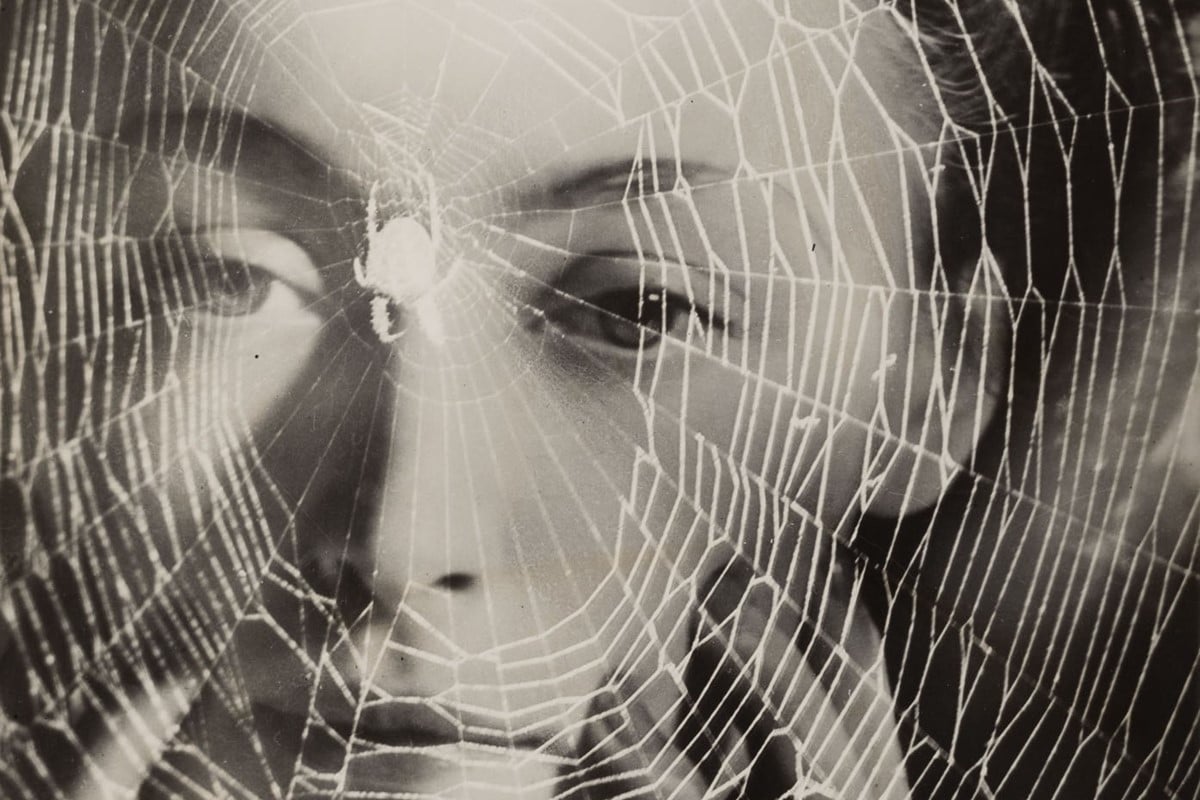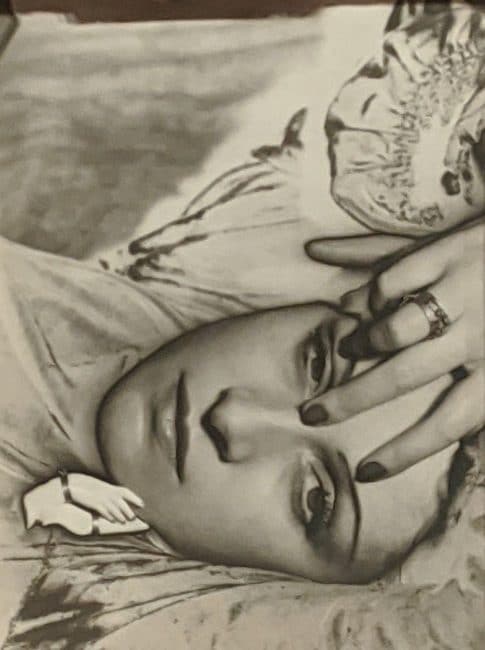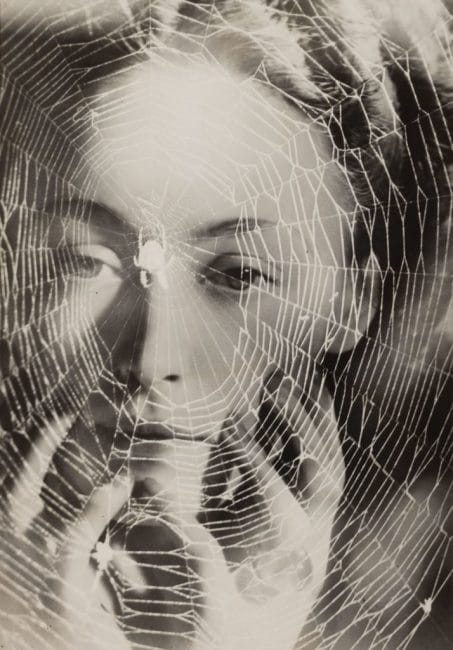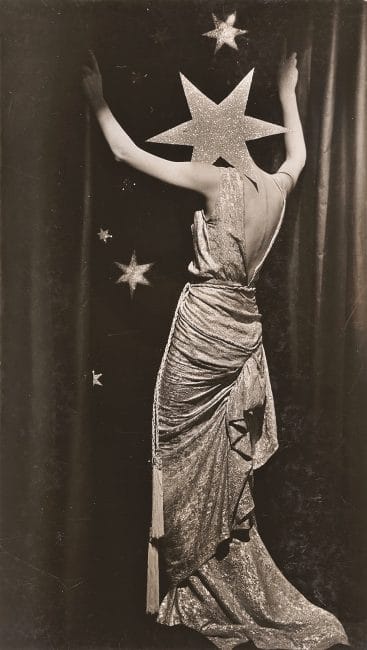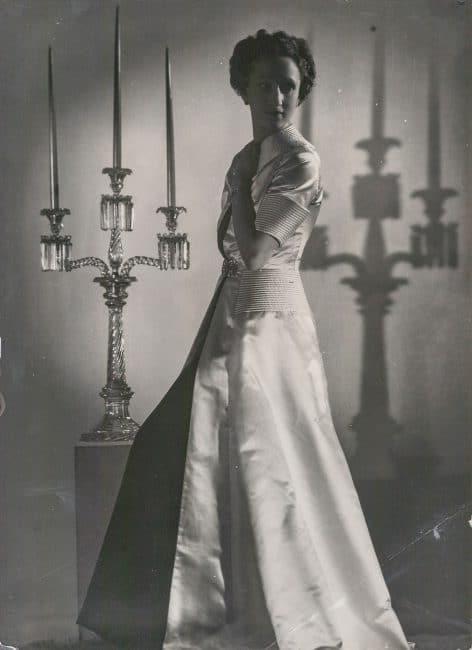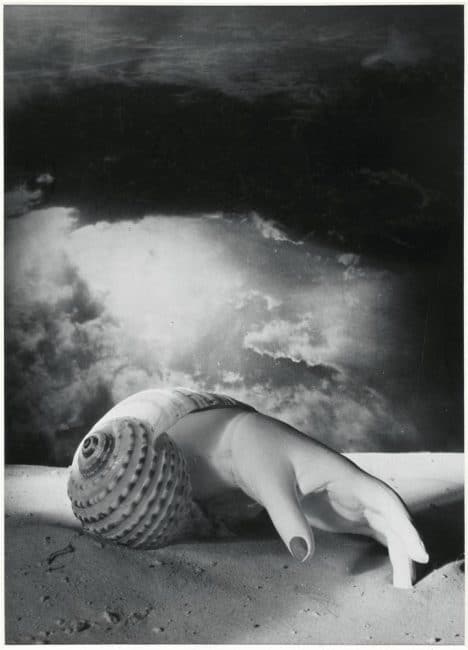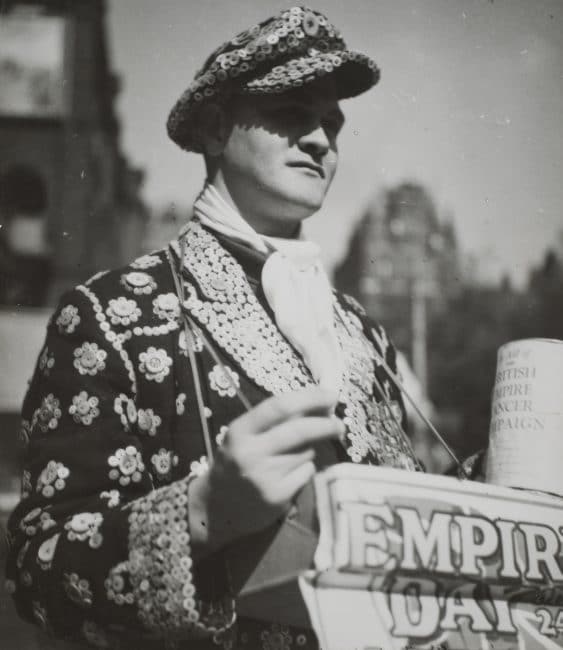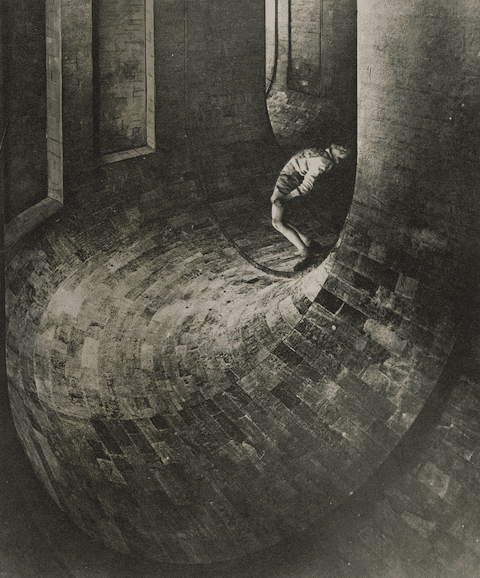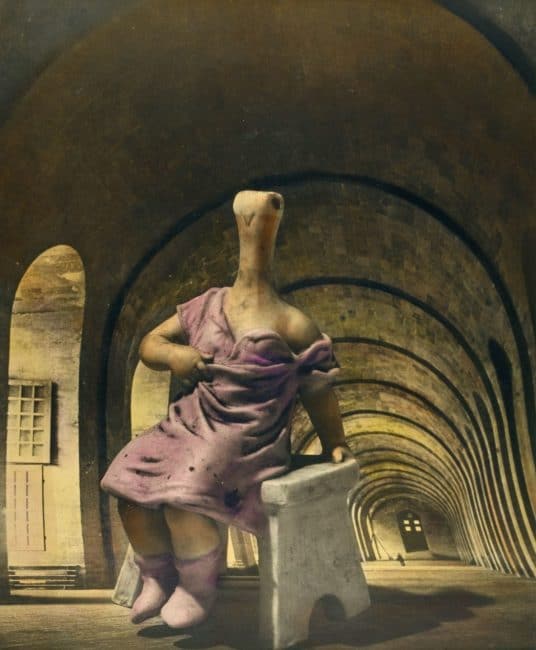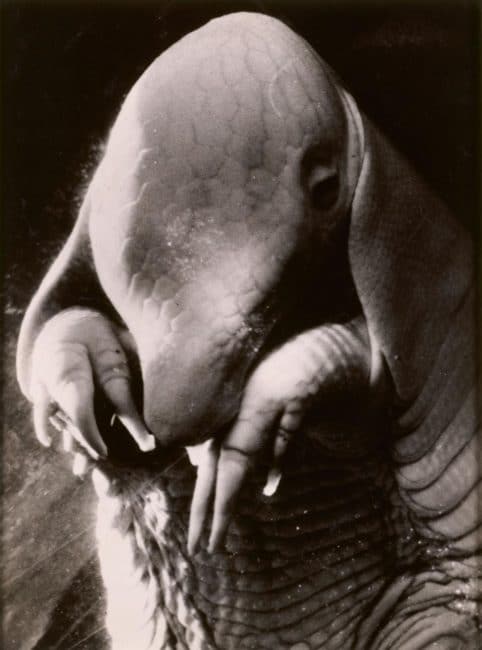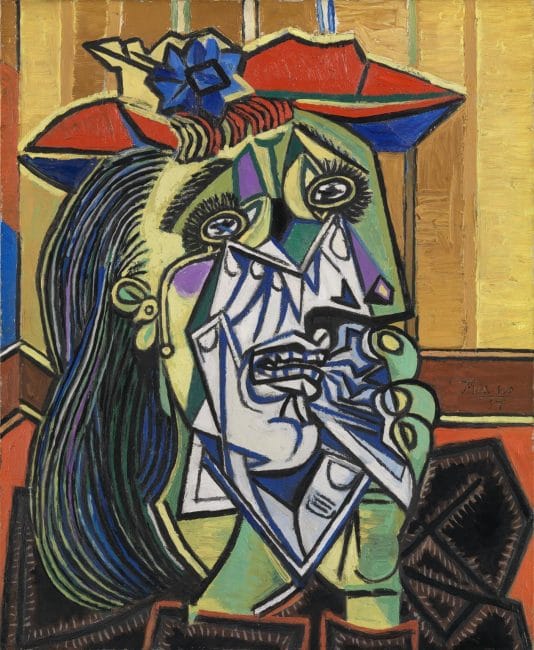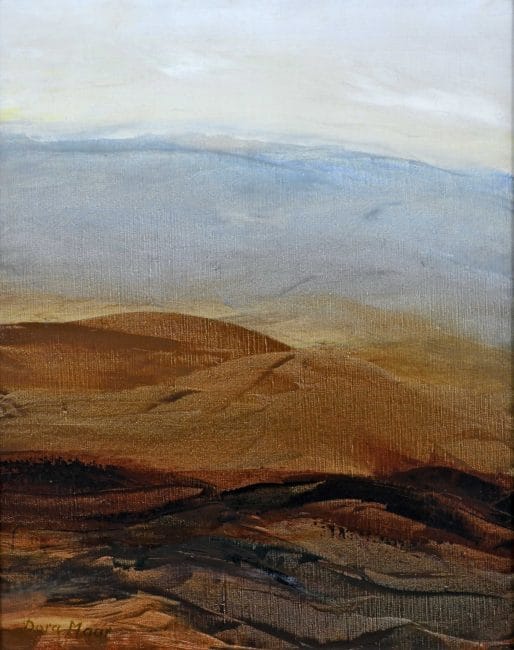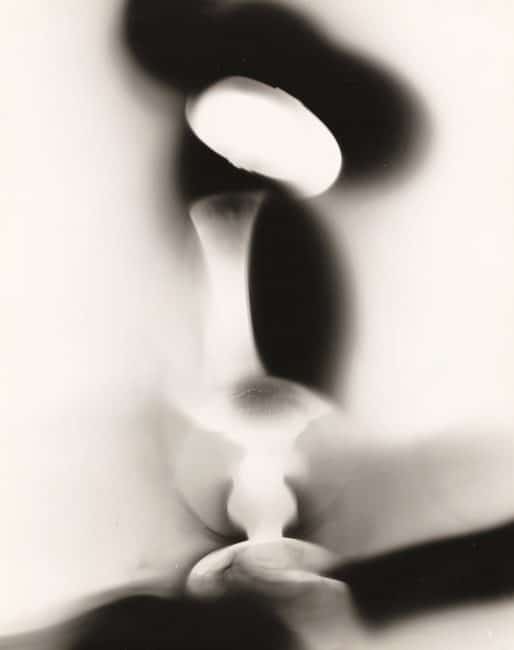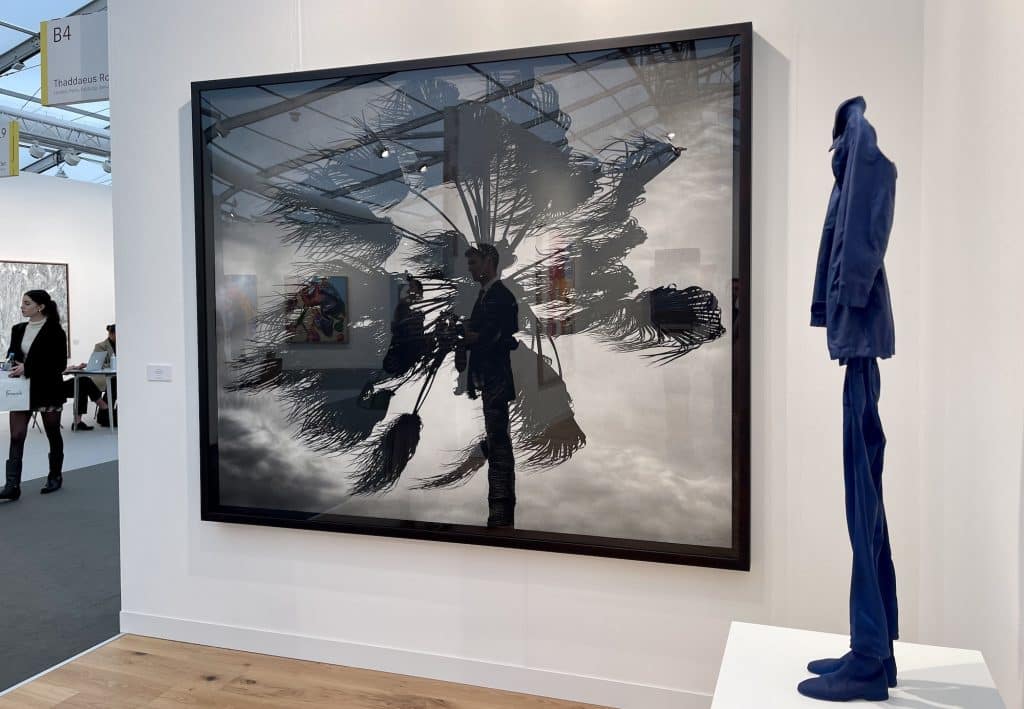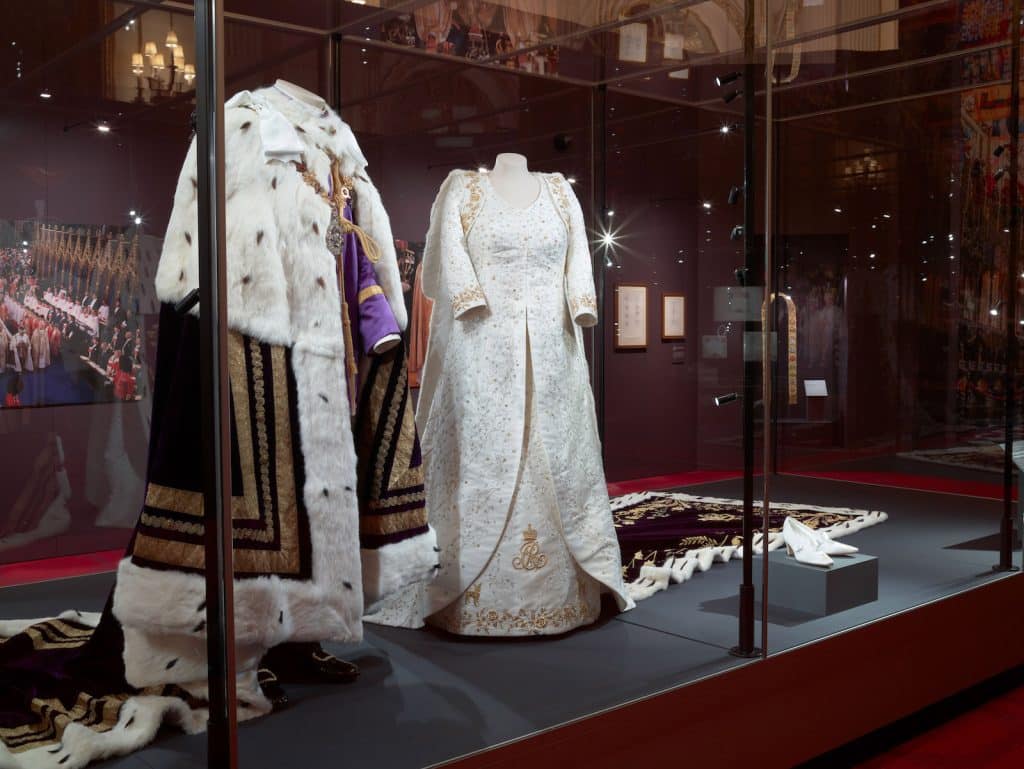Dora Maar Tate Modern is an exhibition about the artist otherwise known as Henriette Théodora Markovitch. She perhaps had the misfortune of being one of Picasso’s many muses and the subject of one of his best-known, and well-loved portraits, Weeping Woman (1937). As such her own work as an artist has largely been forgotten and overlooked. The Tate is to be congratulated in at last bringing Maar out of Picasso’s overweening shadow and providing her with a well deserved solo exhibition.
Raised between Argentina and France, Maar studied decorative arts and painting before switching to photography and quickly opening her own Parisian photographic studio.
She was certainly not intimidated by the male environment in which she found herself. She shared a darkroom with Brassai and with left wing political leanings she soon found herself mixing with Parisian surrealists such as Andre Breton, Paul Eluard and Man Ray and of course inevitably made contact with Picasso.
In an exhibition where the Tate leads us chronologically through her life and work Maar frequently surprises and impresses. In just a few years she had moved from simple photography into inventive fashion images, erotic portraiture, street photography and surrealism. Later she returned to her earlier love of painting, firstly with cubist inspired work and then into landscapes before ultimately returning to abstract camera-less photography.
We begin with some of her early work as well as finding portraits of her by the likes of Brassaï, Beaton, Lee Miller and Irving Penn. It is clear that she came from a privileged family background and easily slipped in to the social circles of elite intellectuals of early 20th century Paris.
She photographed society ladies and was commissioned for fashion spreads in magazines but to her credit quickly created her own style, happy to innovate and experiment. Dora Maar Tate Modern shows us striking nude studies such as that of famed model Assia Granatouroff also reveal how she infiltrated relatively taboo genres such as erotica and nude photography. We also see inventively staged fashion images as well as clever photographic collages.
Her strong social conscience is shown when she travelled to Barcelona, Paris and London. Maar captured the reality of life during Europe’s economic depression with images of the urban poor and disadvantaged.
Within this period of street photography Maar managed to pick out the potential for the marvellous, mythic and strange on the city streets. In Dora Maar Tate Modern we see how she found unusual situations and used crops and drastic angles to create the disorientation and strangeness prized by the surrealists.
In the studio she found unusual objects and used collaging to create other stunning surrealist images.
By the winter of 1935 Maar had met Pablo Picasso and embarked on an eight year relationship that had a profound effect on both their careers. She documented the creation of his most political work Guernica 1937, offering unprecedented insight into his working process. He in turn immortalised her in the motif of the ‘weeping woman’.
At this time Maar returned to painting and, clearly inspired by Picasso produced some rarely-seen canvases. They are fascinating to see but sadly do not reveal much inspiration. After her relationship with Picasso had ended Maar largely abandoned photography and spent many years painting, rather disappointing, landscapes of the Seine, close to her home.
It was only later in life when she returned to photography that she began once again to create some more interesting and innovative work. To her the streets were “not interesting anymore, it’s banal” and she stayed indoors experimenting in her darkroom with photograms and abstract photographic creations produced by scratching her negatives, overlaying with paint or burning with acid.
Dora Maar Tate Modern is a journey through Maar’s rich and varied life that is fascinating, surprising and educational and, even if the work is sometimes uneven, the Tate has brought us an exhibition that is deeply fascinating throughout.
Dora Maar Tate Modern is in London, until 15 March 2020
For more information visit Dora Maar Tate Modern




